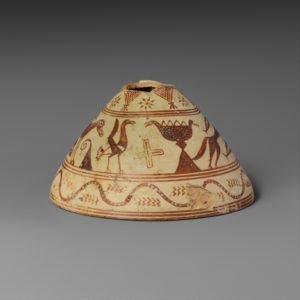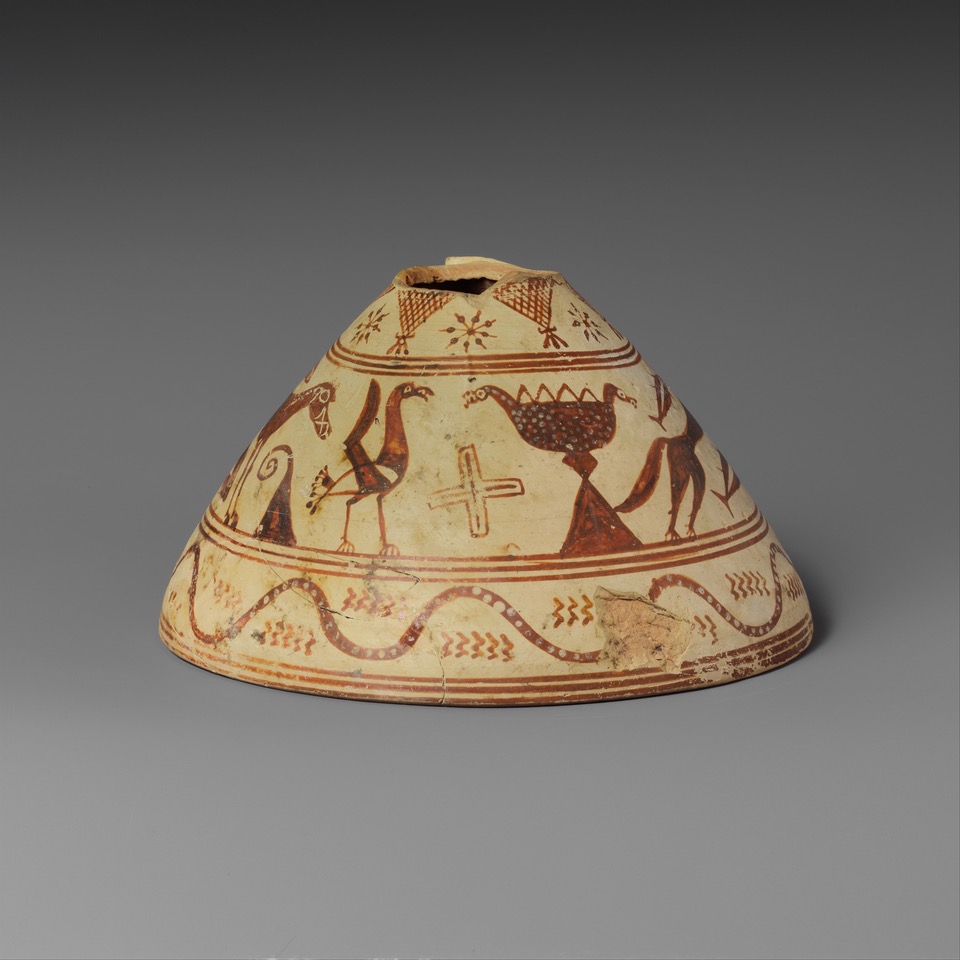Mediterranean Monster Cultures in the Early 1st Millennium BCE: The Marvelous Griffin Cauldrons

Why and how was a shared 'monster' culture created in the Mediterranean in the 1st millennium BCE? Taking its cue from recent methodological approaches (theories of materiality, visuality, and networks), this project focuses on the discursive and material manifestations of the monstrous as a quintessential dimension of the multiple flows of people, ideas, and objects across the Mediterranean. Responses to the monstrous and monsters as well as the determinants of these responses are at the forefront of my enquiry. This approach dictates an emphasis on both local cultures and their pan-mediterranean interconnections as constituents of a cultural koine that still eludes us mainly because of epistemological structures that until recently have emphasized the local and the particular.
As my case study, I focus on a panoptic overview of problems related to the production, circulation, and local reception of the griffin (or 'orientalizing') cauldron across a wide swath of the Mediterranean. Technologically intricate in terms of their materiality and visuality, griffin cauldrons ushered in radically new conceptions of the monstrous. Their unprecedented life-likeness warrants attention to the technologies of affect they embody. Moreover, issues of cognitive and physical accessibility are pivotal dimensions of consumption and interaction carefully manipulated by local elites geared on amplifying their claims to exclusive social status. It is imperative, therefore, to examine the social agency of these objects in terms of the intricate nexus of relations created by them. I propose to view this nexus as an interactive web that implicates networks of producers, patrons, brokers and consumers, on the one hand; and their ways of looking, understanding, or even contributing to the evolving materiality of these artifacts, on the other. In a series of articles and in a forthcoming study, the results of which will inform the contributions to this project, I argue that these phenomena are constitutive of a pan-mediterranean culture of wonder, rare experiences and the marvelous. It is indeed rewarding to view contexts, like elite burials in Cyprus, France, and Italy or sanctuaries in Greece, in terms of the overarching cultural dynamics of the Wunderkammer in Europe of the 16th and 17th centuries CE.
